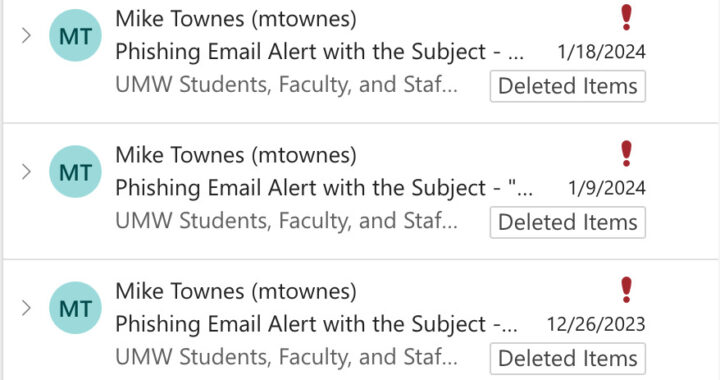UMW smoking policy should be reviewed and enforced
3 min read
Sarah Louise Kinsella | unsplash.com
By MACKENZIE HARD
Staff Writer
When we walk to class, we usually expect to breathe clean air. But throughout my time at Mary Washington, I have noticed that more people are smoking on their way to class or outside of the academic buildings and residence halls.
The biggest place where students tend to smoke is along campus walk, which is the main route that many non-smoking and smoking students use to get to and from classes. Personally, I hate being stuck behind someone who is smoking with no way to get around them while on campus walk.
In June of 2015, the UMW smoking policy was revised and reviewed. According to this policy, “smoking is prohibited in all buildings and UMW and State vehicles, and that the right over the nonsmoker to protect from smoke his or her health takes precedence over an individual’s desire to smoke.”
So why are there not more designated smoking areas on campus? Why are non-smokers still being put at risk of secondhand smoke?
Throughout campus, there are smoke poles where student smokers can throw away their cigarette butts. The biggest issue with these poles is when students do not extinguish their cigarette before putting it into the pole.
There has been a significant number of times when I have seen students stop to put out the cigarettes by dumping water from their water bottles into the poles. If the cigarette is not put out before going into the pole, then there is a higher chance of the other cigarettes lighting. Next thing you know, we have an entire smoke pole filled with lit cigarettes.
Within the same UMW smoking policy, there are also “general procedures for implementation” listed. One of the biggest ones is that “smoking is not permitted within 50 feet of any residential, academic, or administrative buildings.”
But what if a smoker is passing the library? Are they still within 50 feet of the building?
According to the Center for Disease Control and Prevention, more than 15 of every 100 US adults aged 18 years or older were currently smoking cigarettes in 2016. But despite the slight increase that I have seen on campus, national smoking has declined from 20.9 percent in 2005 to 15.5 percent in 2016.
Tobacco use remains the single largest preventable cause of death and disease in the United States. Cigarette smoking has killed more than 480,000 Americans each year.
But secondhand smoke is not a big deal right? Well, that’s not true, because more than 41,000 of the 480,000 cancer related deaths are from exposure to secondhand smoke. The American Cancer Society (ACS) even has secondhand smoke classified as a “known cancer-causing agent by the US Environmental Protection Agency, the US National Toxicology Program, and the International Agency for Research on Cancer.” Secondhand smoke is known to be the cause of many diseases and health conditions – there could even be a possible link to breast cancer.
These are all causes for concern and this doesn’t even include the risk that it poses for nonsmoking students who have allergies, asthma, or heart and lung conditions. I hope that smokers on campus realize and are aware of the health risks that they are taking on personally, but also the danger that they are putting non-smokers in through secondhand smoke.
Being stuck behind someone who is smoking on campus walk, especially in the tunnel by Vocelli’s or on the Eagle Landing bridge, is both disgusting and rude.
I believe that UMW should do another review of this policy and either add more measures to it or further implement some of the measures that are currently in place. The addition of measures like putting up signs that signify where designated smoking areas are, signs to remind smokers to put out their butts, and restrictions for where on campus walk smoking is or is not permitted, would greatly help this campus. And I am sure that non-smokers who are just trying to get to class would greatly appreciate smokers smoking in designated areas.











